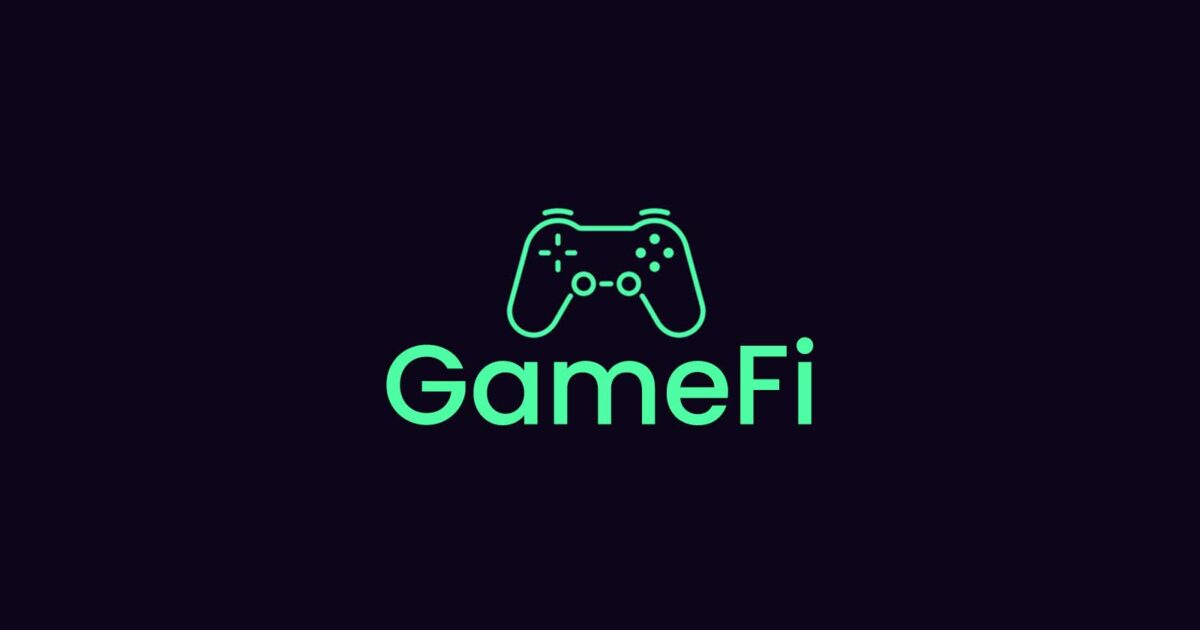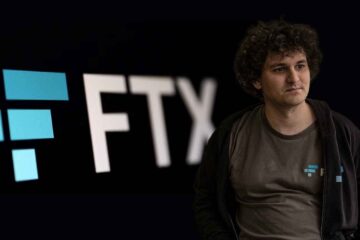
The GameFi ecosystem is experiencing a resurgence amidst the recent surge in cryptocurrency prices. Over the past year, the number of daily active wallets participating in GameFi has doubled.
After a quiet period in 2022 and a subdued 2023, GameFi projects are now making a comeback during the current bullish market trend.
This week, StepN, a move-to-earn protocol, announced a partnership with Adidas to release 1,000 Genesis Edition non-fungible tokens (NFTs) on the Solana blockchain. This launch marks the beginning of a year-long partnership between the two companies, during which they will release a combination of NFTs and wearable sneakers.
Each NFT sneaker from the Genesis Edition collection will be priced at 10,000 GMT tokens, equivalent to $2,200.
StepN, developed by FSL in 2021, enables users to earn rewards by walking, jogging, or running. Users need to purchase a virtual Sneaker NFT and connect it to their smartphones. By engaging with the StepN app, users earn GMT tokens. These tokens have an inflationary mechanism, with a supply cap of 6 billion and a current diluted market capitalization of $1.2 billion.
Shiti Manghani, CEO of StepN, remarked, “The partnership between the widely-used lifestyle app and a global brand like Adidas signifies the direction in which lifestyle rewards are heading.” Additionally, StepN recently announced a $30 million airdrop for its loyal users.
For some protocols, the focus is on hardware.
Earlier this month, Ordz Games unveiled its first Web3 handheld gaming device, the “BitBoy One.” Inspired by the original Nintendo GameBoy from 1989, this device allows players to earn Bitcoin by playing retro-style games.
Through BitBoy’s native applications connected to the Bitcoin blockchain, users can access a variety of video games permanently recorded on the blockchain. These options range from HTML games to on-chain emulators and ROMs. The device supports both Bluetooth and WiFi for multiplayer gaming.
Each BitBoy device includes a one-to-one 3D rendering of the physical device, which can be viewed on VR devices like the Apple Vision Pro. The official unveiling of the device took place at Paris Blockchain Week.
Other projects have shifted their focus to video games.
The ARPG “In the Darkness,” developed by Seraph Studio on the Arbitrum blockchain, recently achieved sales of over 11,000 Ether through in-game NFT sales. These NFTs include heroes, priority passes, and gear.
Seraph Studio, backed by the Korean gaming giant Acrotz Soft, is set to launch the game’s pre-season on April 19. The game is set in a dark medieval world where players can customize their heroes, fight monsters, and collect loot.
The pre-season of the game will introduce features allowing players to rent their in-game NFT equipment to earn rewards and discover treasure NFTs.
“In the Darkness” has been in development since 2021, with a total expenditure of $8 million on operations and research. Developers have also integrated new technologies, such as multiplayer AI companionship, which will be available in the final release. The game is set to be released on PC, iOS, and Android platforms.
According to data from DappRadar, the number of unique active wallets in GameFi has more than doubled over the past year to 2.54 million. In December, Yat Siu and Johnson Yeh, founders of gaming studio, predicted that “tens of millions” of players would enter Web3 gaming this year.
Despite their optimism, GameFi projects have faced criticism for prioritizing the financial aspect of gaming over entertainment, leading to several notable collapses in the past year.



